
The Japanese Summilux! Thoughts on theCanon 50 1.4 LTM Lens
By Kevin Shorter – His website is HERE.
The Canon Lens 50mm 1:1.4 LTM has colloquially become referred to as The Japanese Summilux. I profess to own a good copy of this lens and confess to not owning a Leica Summilux. So I have no empirical way of comparing these two lenses. But then empirical sounds so absolute anyway and we all know when it comes to photography, there really aren’t any absolutes. This may be the place where some stand up and start shouting their buts.
BUT! BUT! BUT!
‘After rigorous testing it is proven that lens X is measurably sharper than lens Y.’
‘After rigorous testing it is proven that lens X has measurably less aberrations than lens Y’
‘After rigorous testing it is proven that lens X has measurably better micro-contrast than lens Y’
etc, etc, etc …
And as technical rigor these statements can probably be accepted by most as fact. But then you look at images shot with lens X and lens Y and you find compelling and desirable images with said ‘inferior’ lens Y. Even images that you may prefer over ‘superior’ lens X. That’s the great conundrum about photography and why I choose not to think in absolutes about the implements we use in creating our images.
As in religion, they are all good children!
And it’s just these such conundrum that intrigue me!
So lets take up the discussion matter of the relatively inexpensive Canon Lens 50mm 1:1.4 LTM in respect to the esteemed yet pricey Leitz Wetzlar Summilux. The first thing that strikes me is exactly what Summilux are we comparing to? No one ever states that. Is it the Summilux 1:1.4/50 circa 1959 – 1961, casually known as Type 1? Or is it later versions since Type1 is of a uniquely different optical formula than later Summilux. Or is it not a specific model Summilux at all. So maybe it’s the generalized sum thought of every Summilux made. Ah, so it’s the brand Summilux that’s being compared to. Now we’re getting somewhere.
Oh, you say you’re comparing to an actual Summilux you own or have shot with. Well when was that Summilux made? You’ll find you’re at a bit of an advantage here because you’re shooting with a newer designed lens as compared to the Canon 1.4 LTM. So that right there throws another conundrum into this comparison. By all implication, comparisons of the Canon 1.4 LTM to the Summilux imply, ‘you too could have an inexpensive copy of a Summilux’. And this I guess is the crux of my thought here. What struck me as a little bit odd about all of this. How can something .. a Canon lens in this matter, be thought of as ‘the copy’ when it actually predates the Summilux, any Summilux by at least two years? One could think, who copied whom?
Frankly, I don’t think anyone copied anything. Not directly anyway as they are of different optical formulae. But might Leica have looked at this Canon 1.4 of 1957 design and taken away some thought of use in designing something better? That is the question that keeps rolling around in my head. Or did Leica turn a blind eye the Canon 1.4, enter into a vacuum, and decide their design and release of a Leica/Leitz 1.4 having no thought whatsoever of what had come before? I can’t square that thought.
Things were changing quickly in the photographic world of 1959. Leica had to be keenly aware of the rapidly growing Japanese photographic market, their swift quality improvement and abilities to manufacture and sell high quality product at low prices. So I can’t square the thought that Leica would have a blind eye when in 1957 the Canon 1.4 LTM entered the market. Or similarly for the Nippon Kogaku Nikkor-S-C 1:1.4 f=5cm, the worlds first 35mm f1.4 lens. These had to have registered on Leica’s radar. In thinking that, I also must assume that aspects above must have played into Leica’s thoughts in introducing their own 1.4 lens. I also don’t think its coincidence that with high quality low cost Japanese products coming to market, many of them in LTM mount form, Leica also decided to introduce a new and improved mounting system for their cameras and lenses. All of this was in play and I believe that Leica was watching intently and responding to the input of these circumstances in charting all designs and moves.
So for me its pretty plain. The Canon 1.4 LTM wasn’t a copy, it was an original, even if it was a tweak of what had come before (wink and a nod to the Nippon Kogaku Nikkor-S-C 1:1.4 f=5cm of which I also have a good copy). As to that matter, all lenses are tweaks of what came before save the very first lens every made. Yes, even Leica lenses are tweaks of everything that has come before, albeit very good ones. What I’m more interested in though per that ‘original vs copy’ aspect was what drove products to be introduced into the marketplace, at what time, at what quality and for what reason. Essentially, what moved the marketplace and why. The Canon Lens 50mm 1:1.4 LTM was exactly the right product at exactly the right time. It moved the marketplace to higher quality as it certainly was and is very high quality, Summilux or not. Exceedingly high considering its date of design. Quite high quality, even for today.
The Canon 50mm 1.4 LTM adapted and shot on Sony A7RII. A couple have been cropped a bit but most are full frame as shot. All have been pre processed in DXO OpticsPro 11 and finished in Photoshop
f8, 1/160th sec, ISO 100
–
f8, 1/160th sec, ISO 100
–
A couple of Suwanee, GA
f8, 1/400th sec, ISO 100
–
f8, 1/200th sec, ISO 100
–
The Southeastern Railway Museum, Duluth, GA, very low light indoor with some scenes as low as 10 ~ 15 ‘candle
f1.4, 1/60th sec, ISO 100
–
f1.4, 1/125th sec, ISO 100
–
f1.4, 1/320th sec, ISO 100
–
f1.4, 1/50th sec, ISO 100
–
f8, 1/50th sec, ISO 320
–
f8, 1/50th sec, ISO 400
–
f1.4, 1/30th sec, ISO 100
–
This compartment was blocked off but there was just enough space to snake my camera under the panel blocking the entrance.
This was a total fly by the seat of your pants shot with focus calculated with the lens range markers. It took a couple of shots to get the right part of the image in frame.
f1.4, 1/60th sec, ISO 100
–
f1.4, 1/60th sec, ISO 320
–
Probably not even 10 ‘candles here!
Probably not even 10 ‘candles here!
–
f1.4, 1/60th sec, ISO 100
–
f4, 1/400th sec, ISO 100
–
f4, 1/400th sec, ISO 100
–
f4, 1/4000th sec, ISO 100
–
f4, 1/1000th sec, ISO 100
–
f1.4, 1/1600th sec, ISO 100
–
f4, 1/640th sec, ISO 100
–
f8, 1/400th sec, ISO 100
One final comment:
Simple generalization here is, the Canon 1.4 LTM is not a Summilux. It is however a darned fine lens in its own right and holds an important place in the historical evolution of lenses as we know them today. Perhaps even to influencing Leica itself!
.. take care, kbs

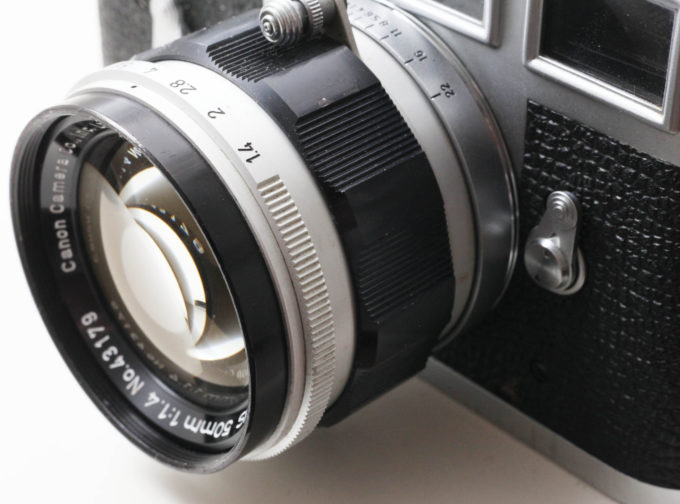

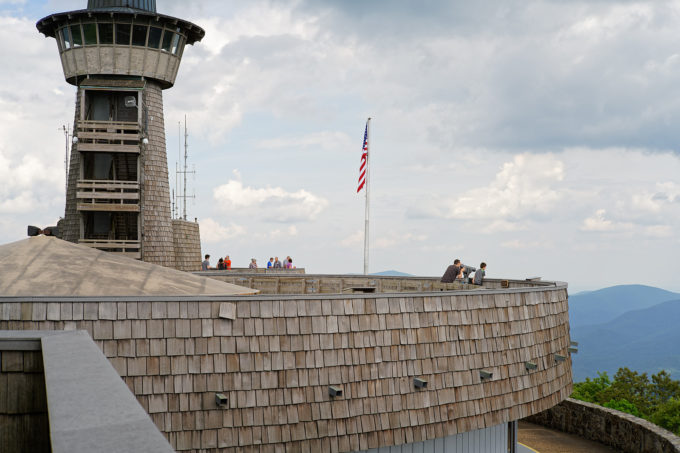

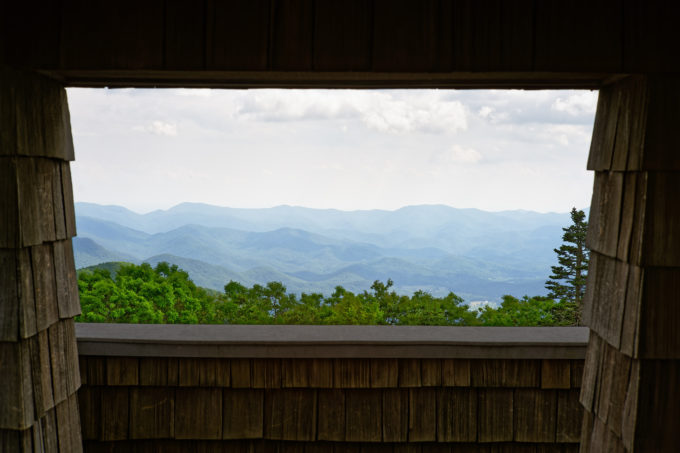
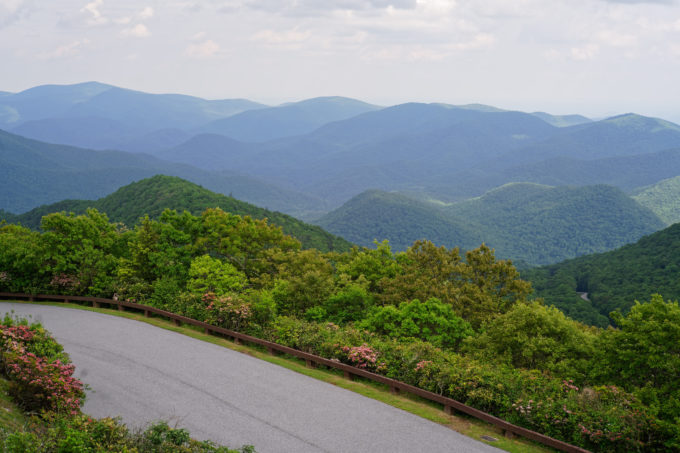

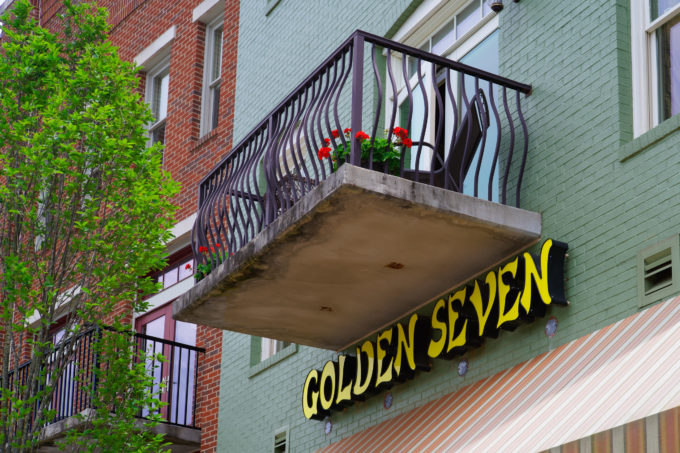
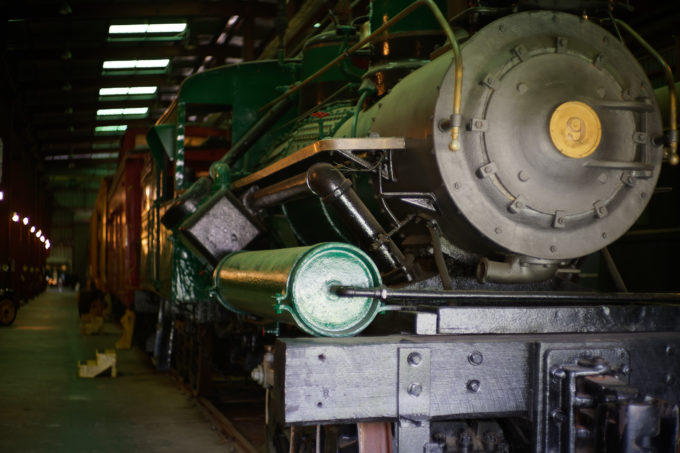
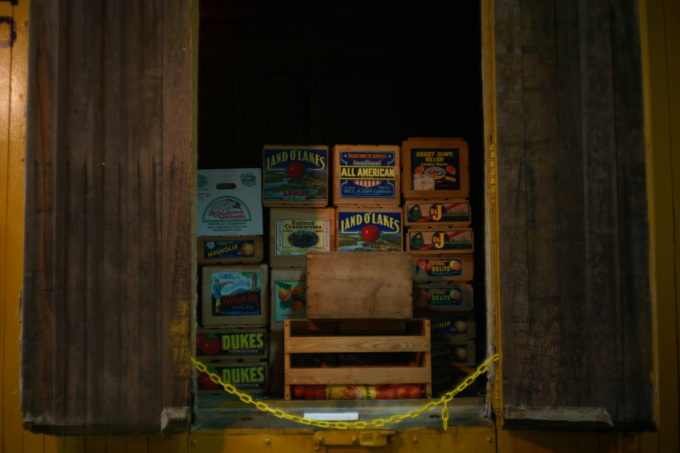
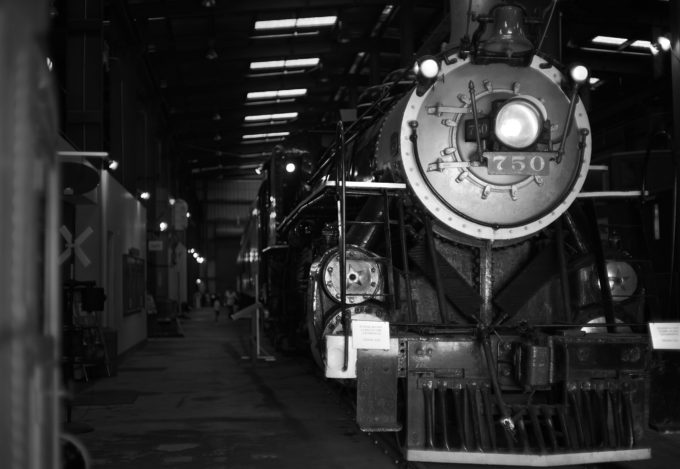
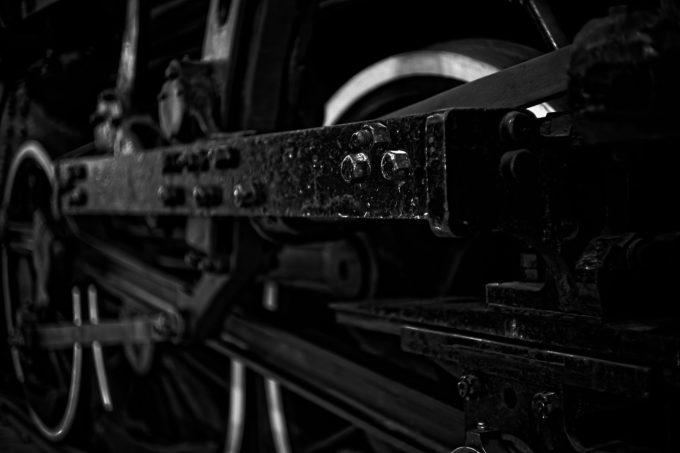
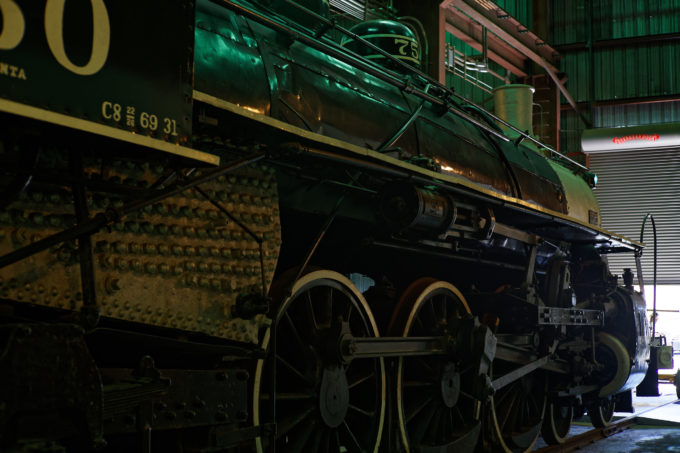
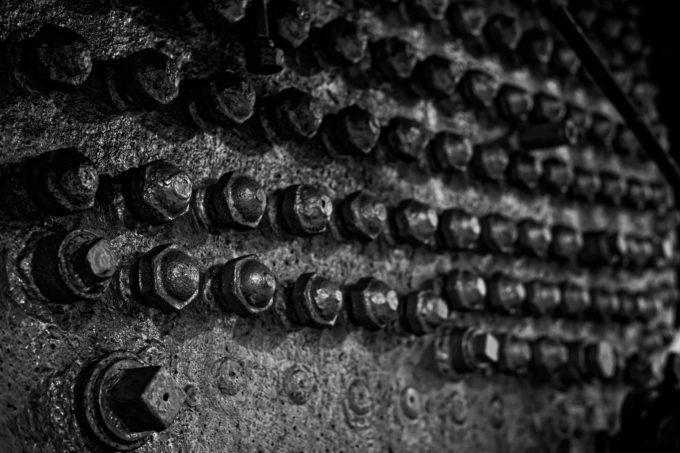
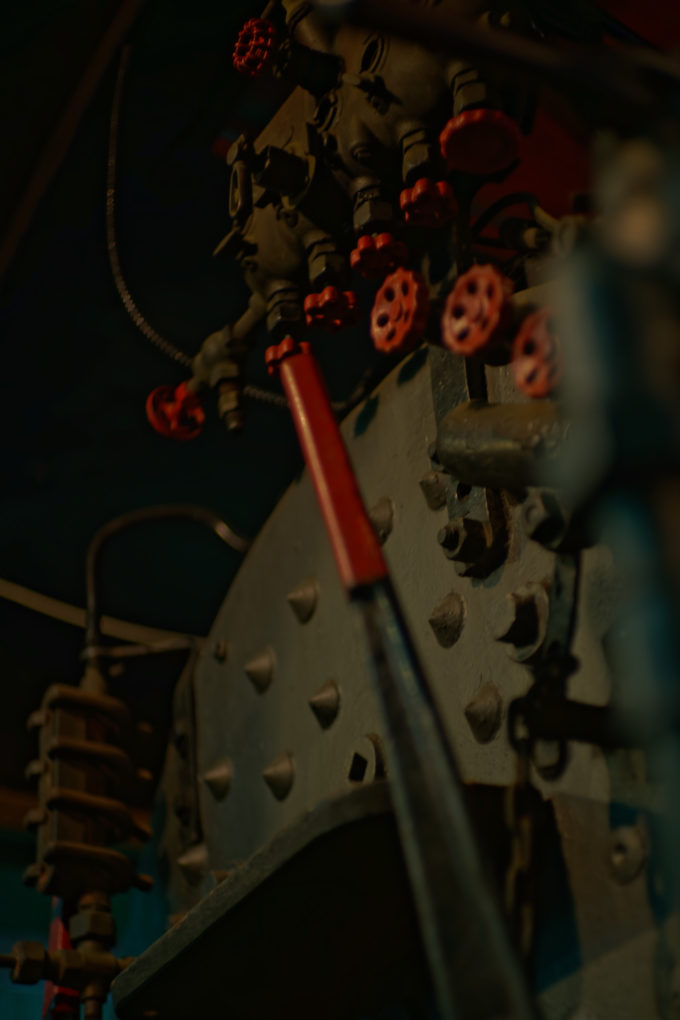
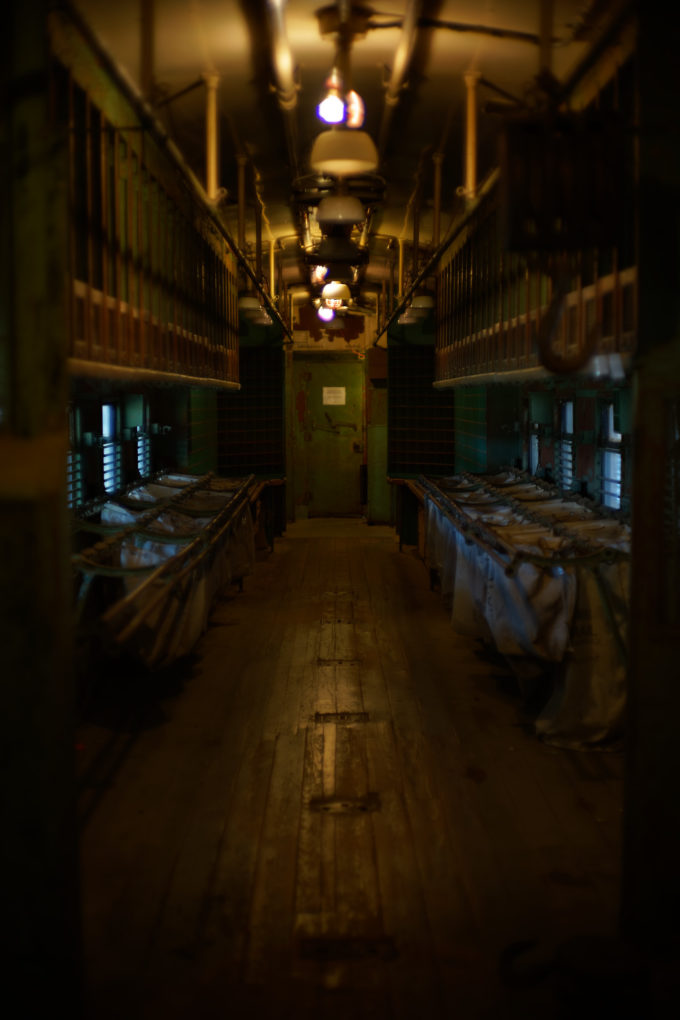
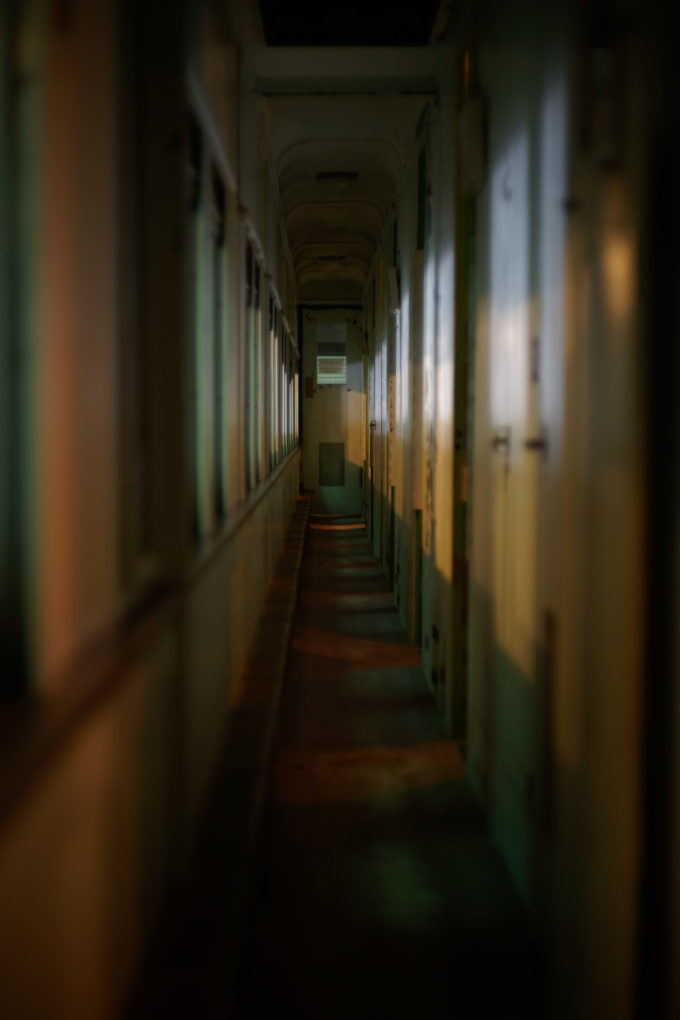
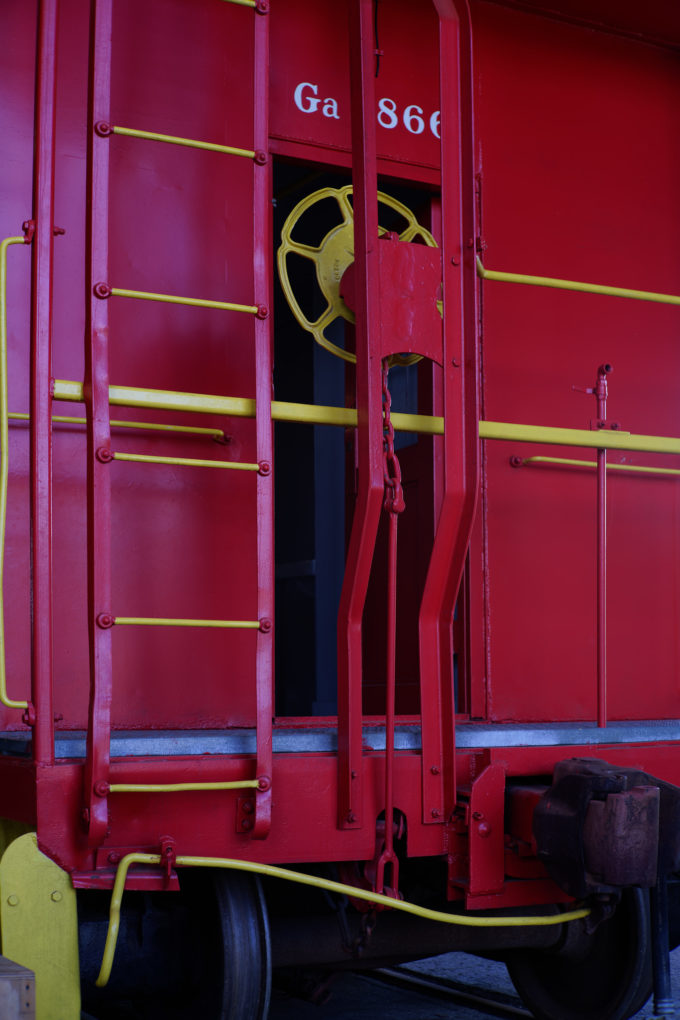
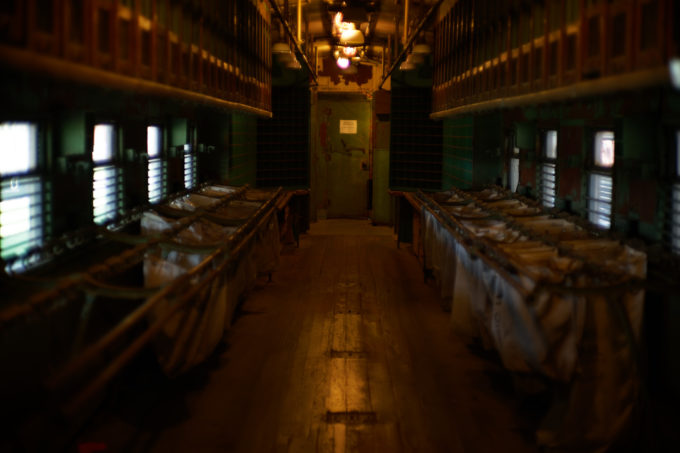
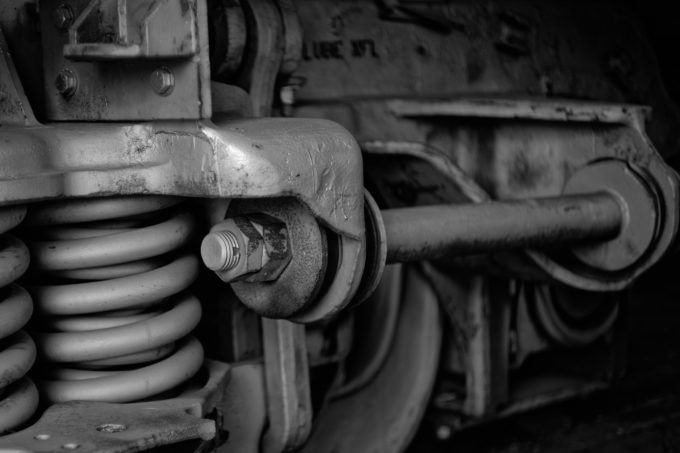
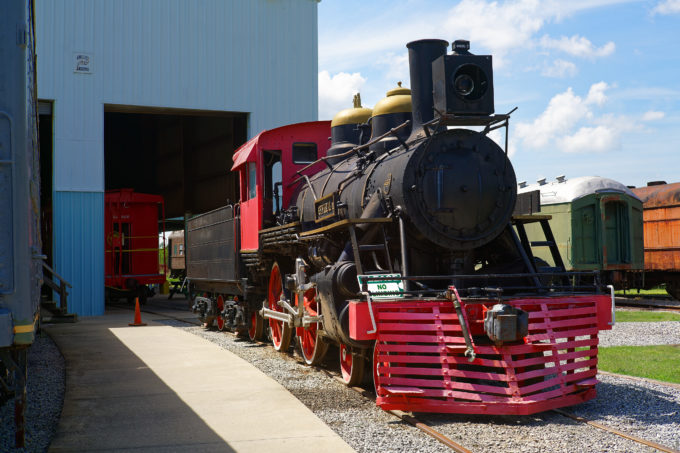
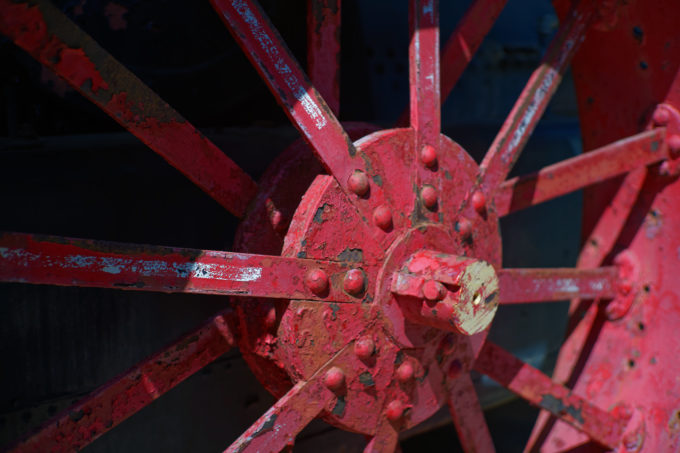
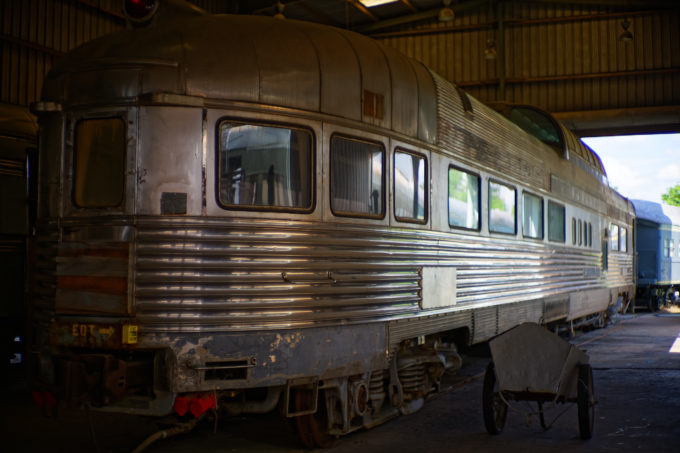
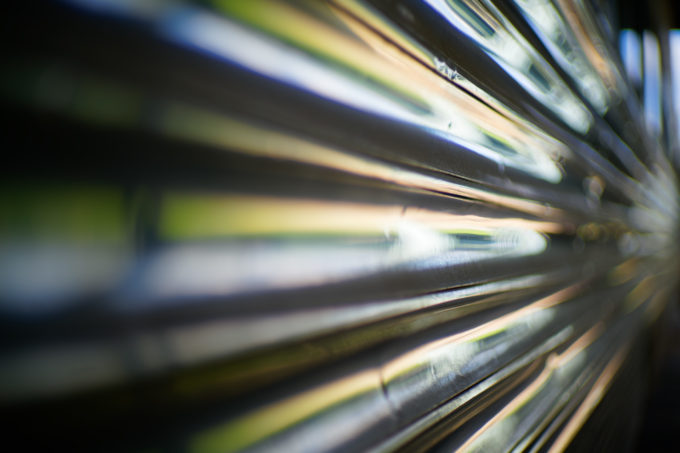
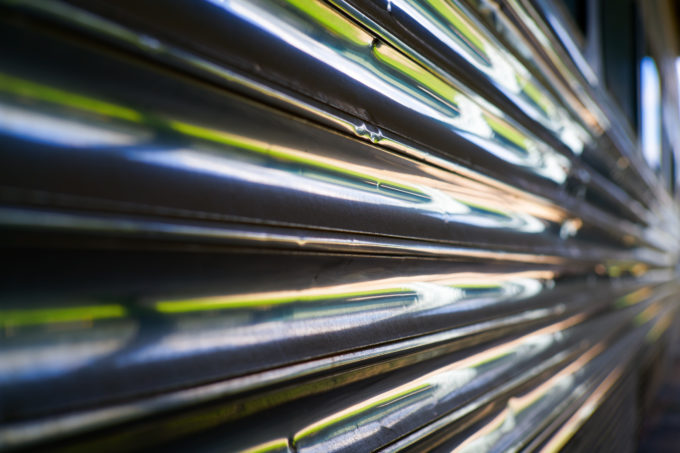
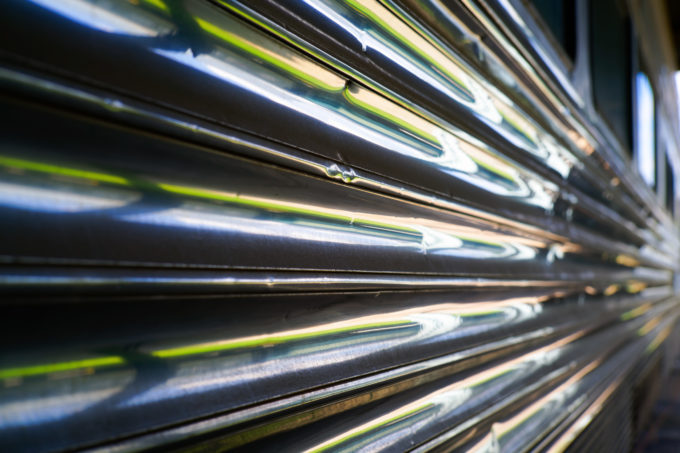

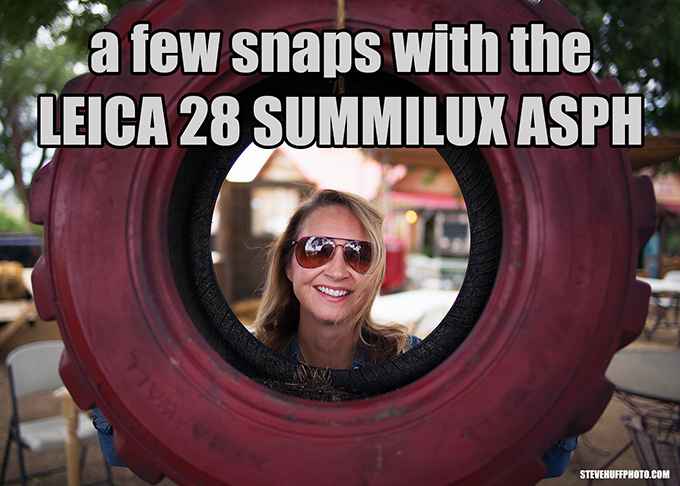

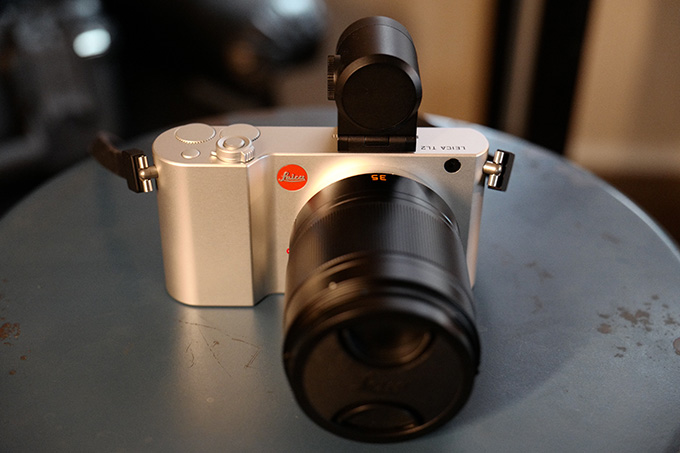
wow these pictures are quite boring. why don’t you spent more time about the subjet and not the lens
I hear the Voigt 50/ 1.5 Asph does a pretty decent job of soft-edged bokeh – closest thing to the summilux. Is that right?
And the Zeiss “sonnar” 1.5 has cat eye at 1.5 but softens a bit thereafter?
Yes. Not quite as “punchy” (..contrasty and sharp..) but it’s very similar. Add a little sharpness and contrast when editing, and it gives very nearly the same results.
The Sonnar – ugh! Many people say they like it, but my thoughts are (1) ugly chrome front draws attention to itself, screams “look at me, fancy lens!”, really needs painting black; (2) much smaller and lighter than the Leica 50mm 1.4 ..which is an advantage; (3) focus accuracy changes as you focus closer ..on a rangefinder, anyway ..that doesn’t matter if you’re using it with an electronic finder (e.g; A7 series or A9 camera, or Leica with Live View); (4) bokeh is NOT as soft and feather-light as the (much more expensive) Leica 50mm f1.4. Did once have a reputation as “bokeh king” until the Leica 50mm f1.4 beat it in every way except for size and price.
On the other hand, cheap old Leica-screw-fit Canon 85mm f1.8 or 100mm f2 lenses will give bokeh every bit as smooth and melting as the Leica 50mm f1.4 ..longer lenses, so similar bokeh but at minuscule prices!
Thanks sir.
I have the dream lens and canon 1.2 but feel sure I need a sonnar or maybe voigt 50 1.5. Might lean to the voight 😉
thanks… have a dream lens and canon 1.2… but feel the need for a voigt 1.5 or sonnar :)… maybe the voigt, but then maybe the sonnar is a better portrait lens. Hmmm
I ve tried this Great lense: Canon Ltm 50 1’4 on Sony A7 r2 and Leica M3 black 1965 with Ektar.
My copy of this Canon is not one in mint conditions but glass are totally clean.
My simple conclusion according with M3 I use a manual Sekonic lightmeter.
With M3 : awesome lense! Perfect
With Sony A7 R2 when focus is perfect also awesome lense.
So, for a 130 € lense which do nearly all the job of a Summilux… Why you dont try. Best copies are in Japan (www.japancamerahunter.com)
+++
Sharp very sharp
Nice colors
Awesome BW
Extraordinary value compare to Leica you will sale it same price you buy it maybe more (not with Leica)
Large aperture 1’4
Nice vintage look
With Leica Sony Fotodiox close-up permits outsanding macro
—
Sensitive to flare
Heavy with Sony (prefer Voigt 40 1’4)
Care about the model you get [old lenses are old lenses,… …. some will survives in good shape, other not]
Average price nearly 130 €.
With a Leica M3 or a Rollei 35 RF or a Leica M6 a magic combo with Ektar 100, ProImage 100, Tmax100, TriX, Tmax400 and the awesome JCH STREET PAN 400.
A few years ago, Jason Howe also wrote an excellent article with beautiful photographs about this lens on his aperturepriority blog.
Yes. Very good article by Jason with excellent supporting pics!
Dear Kevin,
You say “..I have no empirical way of comparing these two lenses. [..a Canon 50mm f1.4 and a Leica “Summilux” 50mm f1.4..] But then empirical sounds so absolute anyway and we all know when it comes to photography, there really aren’t any absolutes.”
“Empirical” doesn’t mean “absolute”, it means “as a result of trying out and testing”. And if you test different individual lenses you may get different results each time ..not anything “absolute”, but variations depending on which items you tested, and under what circumstances ..that’s what “empirical” means. It’s the result of practical evaluation, rather than stipulating some absolute standard.
But to get to the lenses.. You suggest that maybe Leitz (..as the company which made Leicas was called..) might perhaps have looked at the Canon 50mm f1.4 and been influenced by that in making their own 50mm f1.4.
But the history of the Leitz 50mm f1.4 lenses starts way back around 1936 – ten years before Canon made their first lens – when Schneider adopted, or licensed or adapted, the Taylor, Taylor Hobson 50mm f1.5 and called it the Schneider ‘Xenon’ lens. Leitz seem to have ‘re-packaged’ that Schneider Xenon from 1936 to about 1948 (..just as they re-packaged the Schneider ‘Super-Angulon’ 21mm lenses as Leica lenses, before eventually designing their own). Then, from about 1949, Leitz seem to have made their own version of the Schneider Xenon but called it the Leitz ‘Summarit’, still with an f1.5 aperture, and the same design as Taylor Hobson’s.
Erwin Puts, writing about the genesis of all these lenses in his “Leica Chronicle”, says that around 1957 some of the Summarits were engraved with the aperture f1.4, and that then – around 1959 – Leitz invented the name ‘Summilux’ for their f1.4 lenses. The later Summilux 50mm lens had the same design as the Summarits / Xenons, but Puts explains that new, different types of glass were used, although to the same overall design as previously. This first Summilux wasn’t much different from, nor an improvement on, the previous Summarit, but a new and much improved design was produced about 1961 or ’62, and that was a big improvement on the previous design.
The lineage of the Leitz Summilux was quite independent of Canon’s 50mm lenses.
I do own and use one of the Canon 50mm f1.4 Leica-screw lenses, and also one of the latest current ‘Leica’ 50mm f1.4 ‘Summilux’ ‘ASPH’ (aspherical) lenses. (The manufacturing company is now called Leica – after the original Leitz company went bust several times, was bought out, and ownership switched to completely different companies.) I can tell you the main differences – for me, anyway – between the Canon 50mm f1.4 Leica-fit lenses and the current Leica 50mm f1.4 – I mean the optical differences, rather than the handling differences (the Leica lens has a built-in pull-out lens-hood, the Canon hasn’t, but it does have an – annoying – infinity lock) ..and they are:
(1) The Leica ‘Summilux’ has excellent anti-reflection coating, which means that there’s just about no ‘flare’ with that lens, even when pointing towards bright light, such as the sun. (This is like the difference between Yashica’s own lenses – for their own-brand cameras and also for their ‘Contax’-branded SLRs – and the ‘Zeiss’-branded lenses for Yashica’s range of ‘Contax’ cameras: the Zeiss lenses, with their “T-star”-branded anti-reflection coatings produce no flare at all, compared with the extremely flare-prone ‘Yashica’-brand lenses.)
(2) The shape and characteristic of out-of-focus highlights with the Canon 50mm f1.4 is that they have sharp edges and a ‘cat’s-eye’ appearance, whereas out-of-focus highlights with the current Leica 50mm f1.4 just don’t have edges; they’re soft and blend away gently, and are normally circular, rather than cat’s-eye shaped. This gives a very soft and – I think – extremely pleasing out of focus background ‘bokeh’ which doesn’t draw attention to itself, compared with the Canons.
(3) The in-focus regions of photos taken with the current Leica 50mm f1.4 are – if properly focused – extremely sharp ..designed – Peter Karbe, the designer says – to out-perform the capabilities of current Leica M-series cameras ..and it shows ..and, of course, way beyond the capabilities of the old Leica-fit Canon 50mm f1.4 lenses.
So besides having the same angle of view, and the same widest aperture, the Canon and Leitz, or Leica, 50mm f1.4 lenses have widely different characteristics at their widest apertures. But as you stop down – to f4 or f8 and so on – the differences minimise, except that I find the Canon lenses to give rather yellower results than the Leitz/Leica lenses.
If you like a “softer” overall look – but with sharp cat’s-eye background highlights, then the Canon 50mm f1.4 fits the bill. If you want a really sharply-focused photo, but with distant highlights dissolving away into an undifferentiated background, then you want the Leica 50mm ‘Summilux’.
Thanks David.
To your first point. You’ve spit the hair fairly finely here so I’ll split a little one back. If one does empirical testing to the point of drawing a final and firm conclusion (whether right or wrong), then to them they are dealing in an absolute which they reached empirically. So I don’t think I’m far out of bounds in my thought. But then as mentioned, we are splitting some hairs here.
Your ‘Schneider’ lineage info is very interesting and I always appreciate learning further on a topic of interest. Thanks! To point though it kind of supports where I was trying to go here myself. I have stated that I didn’t think Leica copied anything from the Canon 1.4 LTM. But I also did say that I thought Leica like all companies pays attention to the marketplace and that all new lenses are tweaks of something prior. Neither of those two thoughts are incongruous with your points I don’t believe.
Appreciate your wealth of knowledge and contribution!
It’s been stated that Leica came out with the Asph 50/1.4 Summilux after Cosina brought out the LTM 50/1.5 Asph Nokton in ~2000. The newer Summilux was not a copy of the Nokton, but probably provided the prodding that was required to put the Asph Summilux into production. The same was probably true of the Canon 50/1.4 LTM “Prodding” Leica to come out with an improved design to replace the 1st generation 1-2-2-1-1 Summilux. The original Summilux was a “Tweeked” Summarit, and the Summarit was a “Tweeked” Xenon going back to the mid 1930s. I recently picked up a 5cm F1.5 Xenon with clean glass, and took it apart to clear the haze out. Much better than the repuation would have you believe. The Summarit was optimized for F2.8 when used close-up, the Xenon is optimized for F1.5. I need to do a review of the Summarit optimized for F1.5, changed the spacing of the elements.
Dear lenshacker ..I’d better send you my Summarit to see if you can make it “shine”, as I’ve been rather disappointed by it..
I recently had a set of Canon screw-fit 2.8, 1.8, 1.4 and 1.2 cleaned up – via Ivor and Elaine Cooper’s ‘Red Dot Cameras’ in London – and they really do sparkle now that the ‘haze’ and muck has all gone!
Yes, you’re looking at it pretty much as I was trying to articulate in the article. There are many influencing reasons behind new products being introduced into the marketplace, lenses included.
David, the Leica M 50mm Asph has excellent anti- flare properties?
Not from my experience. At all. And from others I know who use this lens.
I love my 50 Asph for its sharpness and rendering. But when I do not want flare in the image, I use my much cheaper Zeiss ZM Planar 50 f2.
The Leica 50 ASSPH flares like a SOB, has tons of flare. ; ) I agree.
The Canon 50/1.4 is a double-Gauss 6 elements in 4 groups, 1-2-2-1 formula that has been around since 1920. Nothing at all like the Nikkor 5cm F1.4. The Summarit and first generation Summilux were based on the same basic design, but the rear element was split into 2 elements of lesser power: a 1-2-2-1-1, 7 elements in 5 groups. Canon had a new high index of refraction glass that allowed the larger aperture F1.4 lens to stick with the 6 element design.
The Canon glass is easily damaged by lubricants used in the lens, be sure to have inspection and return privilege before buying. What looks like haze that should clean out is often coating damage and etched glass.
Great info. Thanks for your additional info and head up.
I own both Ltm and the new SL Summilux…and I’m happy to own them both and use them, because the Ltm is really incredible sometimes!
Thumbs up to that! One day maybe I too shall be able to own a Summilux and I’ll still enjoy both as well. Alas, in just plunging into retirement, a Summilux doesn’t appear to fit into my retirement portfolio … if you know what I mean.